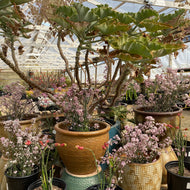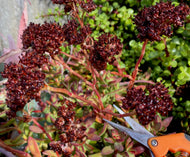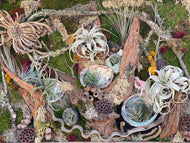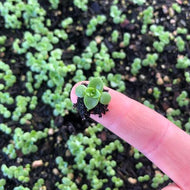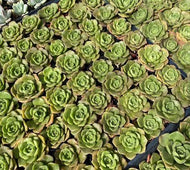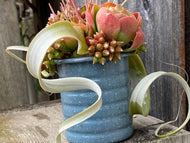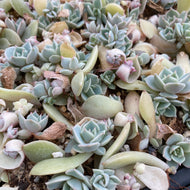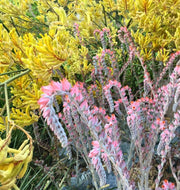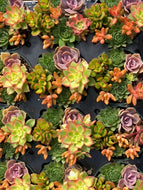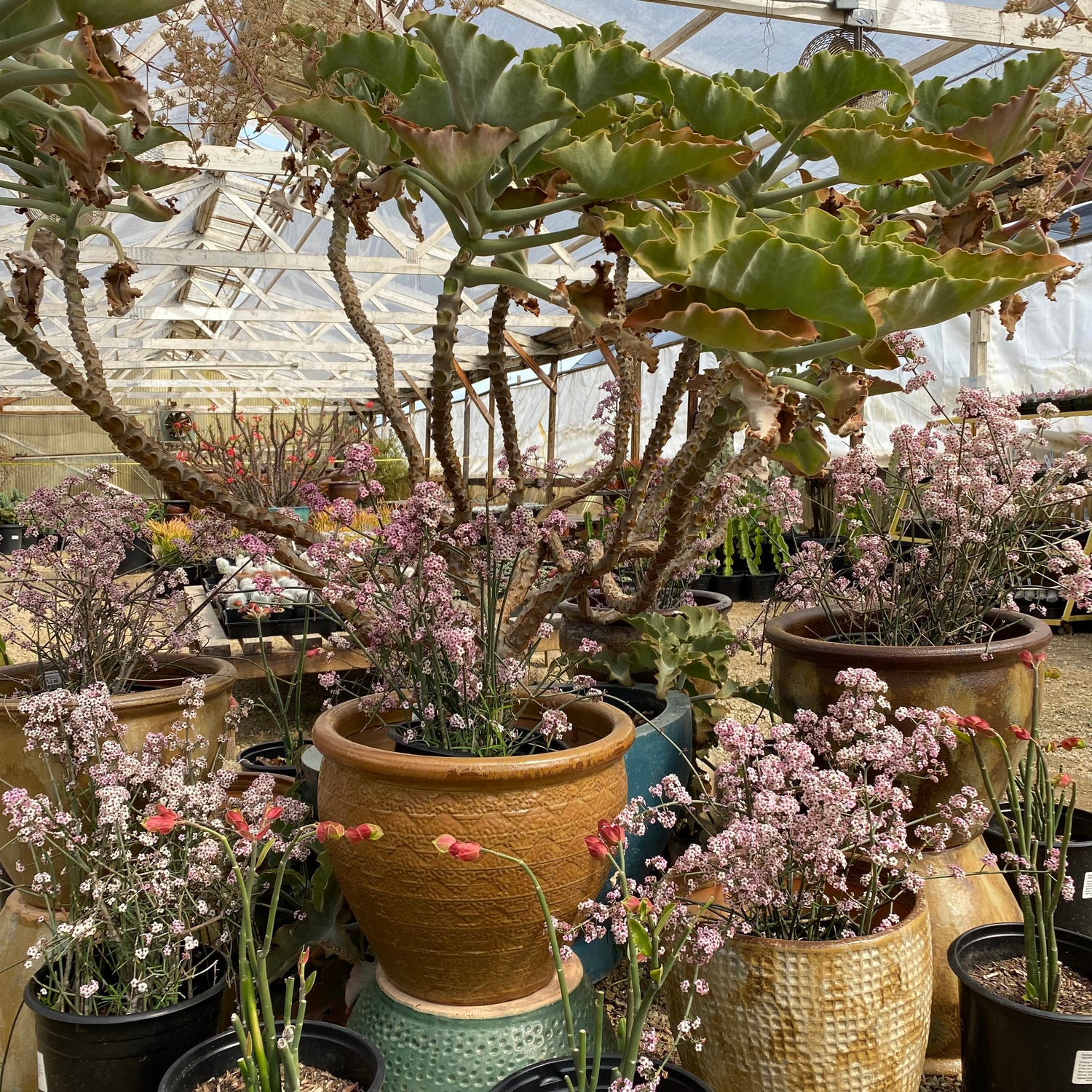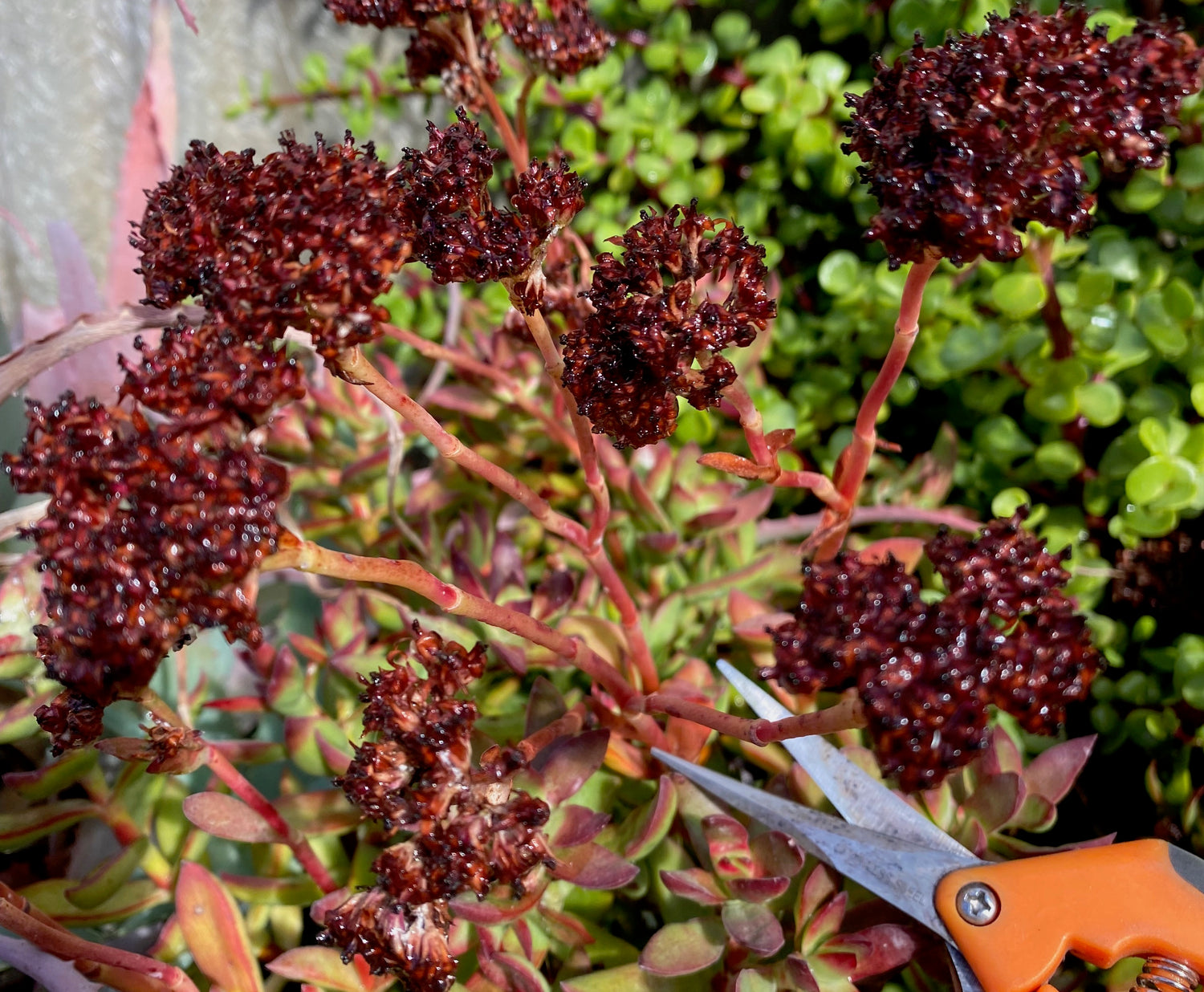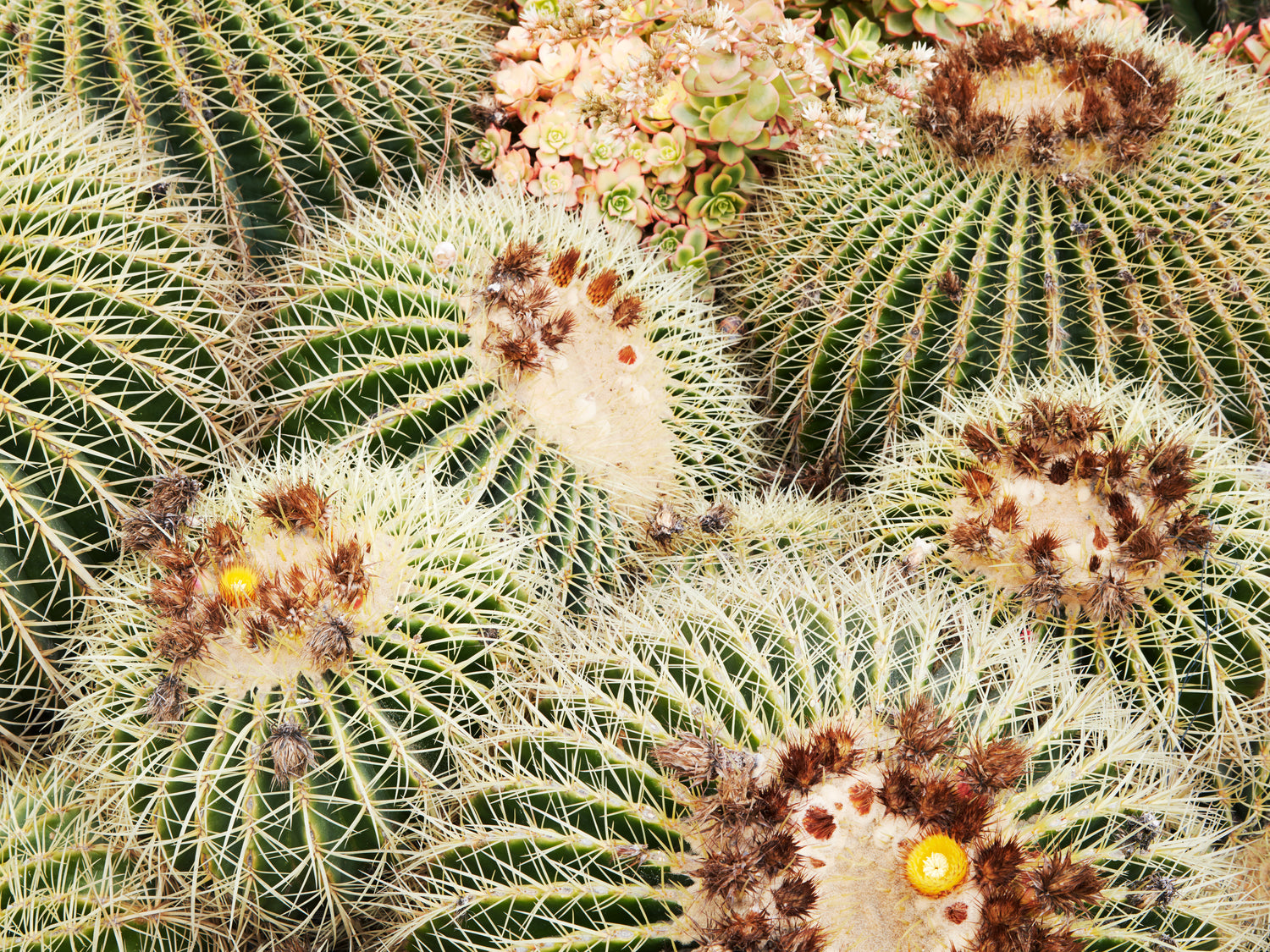Dudleya have been getting some attention in the press lately due to an unfortunate run of poaching incidents along our California coastlines. But Dudleya have been studied and admired for decades by native plant enthusiasts and succulent enthusiasts. Their brilliant white farina and their ability to survive in tough conditions along our California coastline are just a few things that draw admiration for Dudleya.
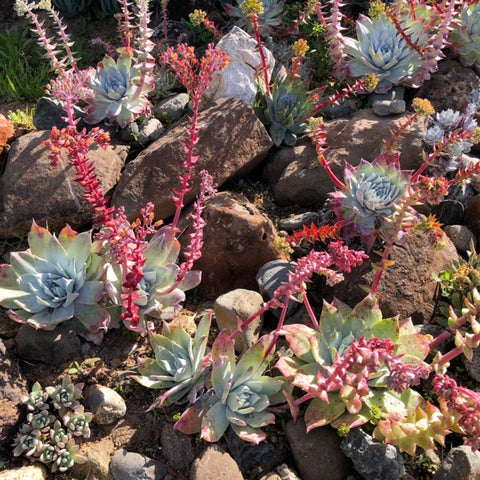
Background
Dudleya is a genus of succulents endemic (only native here!) to California and Mexico. In their natural habitat, they cling to rocky outcrops and bluffs along the coast. They are very slow growing in nature, so if you see a large clump, it may be more than 100+ years old. For this reason, their common name is Live-Forever.
Landscaping with Dudleya
In the garden, Dudleya offer large rosettes that stand out due to their white powder called farina -- which protects them from harsh weather conditions such as wind and sun. When in bloom, their long red or pink flower stalks shoot up yellow and pink flowers and offer pollen to local wildlife, making this plant a stunning specimen in any succulent garden.
To achieve a natural look, plant a single Dudleya brittonii next to a rock and tilt it towards the point of view of the passerby. This will allow excess water to drain off of the leaves and provide support for your new garden specimen. All of our Dudleya are grown by seed, so you may see differences in each plant due to genetic diversity.

Varieties
There are over 40 varieties of Dudleya found in nature. We cultivate a few different types of Dudleya at Succulent Gardens, and generally have them available in the summer months in 1 gallon and 2 gallon sizes. This year's healthy crop will include Dudleya brittonii (Giant Chalk Live-Forever) and Dudleya hassei hybrid (Catalina Island Live-Forever). We are currently working on increasing our numbers of Dudleya found locally in California including: Dudleya lanceolata (Lanceleaf Live-Forever), Dudleya farinosa (Bluff Lettuce), and Dudleya hybrids.
Dudleya Care
Dudleya should be planted in full sun on the coast and protected from afternoon sun in inland gardens. Dudleya should be provided with excellent drainage to prevent rotting. Deeply soak plants when soil approaches dryness. In summer, avoid overhead irrigation and water just once a month. You can expect plants to look smaller and shriveled up in summer months, but will perk up with the cooler temperatures and more water in winter and spring.
In spring, large flower stalks will rise above the rosettes which can be pruned when dried out or if aphids appear. Save the small dust-like seeds and sprinkle over flats of moist soil to propagate.

Resources relating to recent poaching
Succulent-Smugglers Descend on California
California’s succulent smugglers: plant poachers seed Asia’s desire for dudleya
Plant smugglers take ‘massive’ toll on California's Dudleya farinosa succulent species

